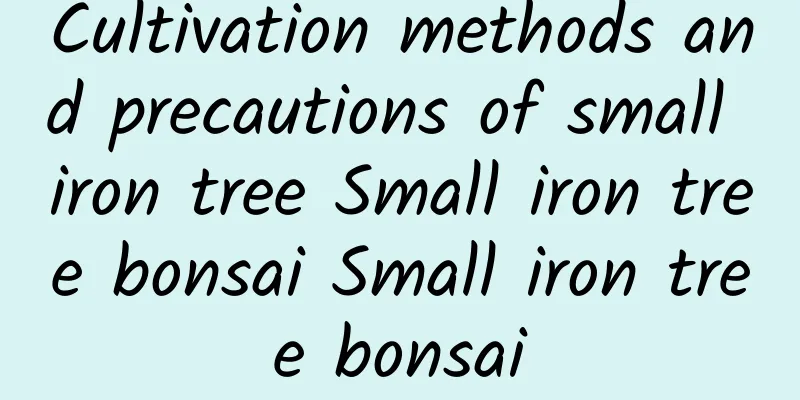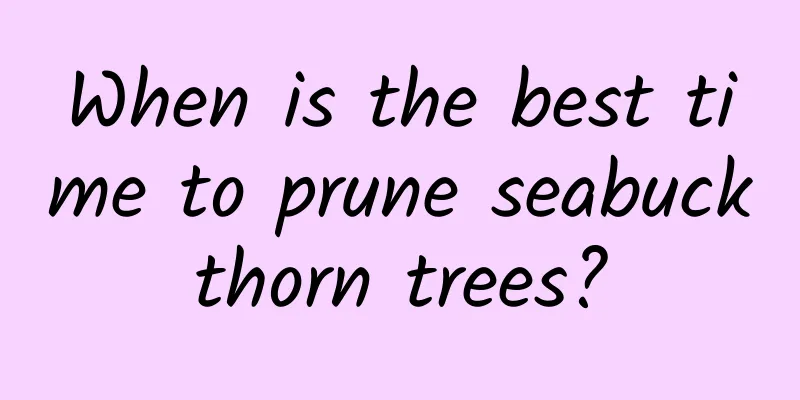Classification of bamboo

Phyllostachys pubescensPhyllostachys pubescens, also known as Phyllostachys laurelii, is a perennial, once-fruiting plant that blooms only once in its lifetime. After flowering, the vegetative body dies naturally, causing the entire bamboo forest to wither. Phyllostachys pubescens is native to my country and is distributed in the Yellow River and Yangtze River basins. The culms of Phyllostachys pubescens are 10-15 meters high and about 10 centimeters in diameter. There are no buds at the nodes below the branches. The culm ring is flat, but the nodes of the branches are raised. The leaves are lanceolate and droop straight.BambooIts most obvious feature is the purple-brown spots on the stems. Because of the legend in the Jin Dynasty's "Bowuzhi", it is also called Xiangfei bamboo. The bamboo culms are 7-13m high and 3-10cm in diameter. In fact, spotted bamboo is not a species of bamboo. It is a bacterial plaque formed on the surface of bamboo after bacteria erode the bamboo. Bamboo stalks can be used to make handicrafts and materials.FargesiaThe bamboo stalks of Arrow Bamboo are straight and the bamboo walls are smooth, so it is also called slippery bamboo. Arrow Bamboo is mostly distributed in Sichuan, Yunnan, Hubei and other places, and is a favorite food of giant pandas. Arrow bamboo is thick and is often used to make pen holders, chopsticks, and weaving baskets and trellises. The arrow bamboo with galls on its twigs and petioles is the main raw material for extracting bamboo red fungus. bambooAlso known as nan bamboo, the bamboo stalks can be over 20 meters tall and 18 centimeters in diameter. Moso bamboo is mostly distributed in the south of the Yangtze River in my country, and accounts for 85% of the world's total bamboo. Moso bamboo has a unique growth process. In the first five years of planting, the above-ground part hardly grows, only the underground roots grow. But in the rainy season of the sixth year, sufficient water supply prompts its above-ground part to grow rapidly at a speed of 6 feet per day for about half a month, and finally it can grow to about 20 meters high.Purple BambooThe first time I heard of purple bamboo was from the purple bamboo forest of Guanyin Bodhisattva in the South China Sea. As the name suggests, one year after purple bamboo was planted, purple spots gradually appear on the bamboo poles, and finally the entire bamboo pole turns purple-black. Purple bamboo is mainly distributed at the junction of Hunan and Guangxi in my country. Purple bamboo is mostly used for garden viewing. Bamboo is relatively tough and can be made into handicrafts such as fishing rods and walking sticks, as well as musical instruments such as flutes, pipes, and huqin.Phoenix bambooThe culms of Phoenix Tail Bamboo grow densely, are short and hollow, 1-3m high and 0.5-1.0cm in diameter. The stems are relatively thin and the leaves are relatively small and lanceolate. Phoenix bamboo is suitable for garden cluster planting and can also be used as a bonsai plant, with high ornamental value.Long-branched bambooThe long-branch bamboo stalks are 10-20m high, 5-12cm in diameter, and have an internode distance of 25-50cm. They are mostly distributed in hilly areas such as Fujian and Taiwan. They are good materials for creating shelterbelts. The bamboo stalks can be used to make rice sieves, bamboo baskets, dustpans and other farm tools.Buddha belly bambooBuddha bamboo is also known as Buddha belly bamboo. As its name suggests, the internodes are relatively short, and its expansion looks like the bulge of Maitreya Buddha's belly. When young, the bamboo stalks are dark green with a little white powder on the surface, and turn olive yellow when old. The bamboo stalks have peculiar shapes, are simple and elegant, and are often used as potted plants for better ornamental effects.Tortoiseshell bambooThe stalks of tortoise-shell bamboo can be more than 20 meters high. Its outstanding feature is that the bamboo nodes are like tortoise shells. It is mostly distributed in the middle and lower reaches of the Yangtze River, the Qinling Mountains, and south of the Huaihe River. It is a rare bamboo and can also be used to make high-end handicrafts.Gold-inlaid PolygonatumThe outstanding feature of the golden jade bamboo is that there is a shallow green groove on each node, and the positions of the grooves are staggered. From a distance, it looks like there are pieces of jade inlaid in the middle of the gold bars, very much like the handicraft of gold inlaid jade. |
<<: The expensive flower pots were thrown next to the trash can! Pick up or not
Recommend
How to plant white crystal chrysanthemum
1. Planting time The suitable seasons for plantin...
The reason why the roots of hydroponic daffodils rot and how to deal with it
1. Causes of root rot 1. Not changing the water f...
What is the best month to plant King Bamboo Grass?
When to plant King Bamboo Grass King grass is usu...
Can fungus waste be used as fertilizer?
Fungus waste as fertilizer Fungus waste generally...
Why do succulents turn black in winter?
The reason why succulents will rot in winter Blac...
How to water Christmas cactus in winter (does Christmas cactus need to be watered thoroughly in winter)
How to water Christmas cactus in winter Christmas...
What is the best soil for planting peonies? What is the best soil for planting peonies in pots?
Peony, with its large and colorful flowers, is a ...
Apply this on the flowers and the leaves will stay green and never turn yellow!
Rice vinegar water to wipe the leaves In fact, Hu...
How to grow water chestnuts
1. Maintenance methods 1. Temperature: Water ches...
"Video of growing vegetables on the balcony"
Video on how to grow radish If you haven’t learne...
What are the orchids referred to as Chinese orchids?
Chunlan Spring orchid is also called grass orchid...
What to do if the leaves of Schefflera turn yellow
1. Treatment methods When you notice that the lea...
How to grow watermelon
1. Cultivated Land Before planting, use a machine...
How to care for camellia leaves so that they grow bigger
1. Suitable soil Suitable soil is the basis of gr...
How to plant black bean sprouts How to plant black bean sprouts
Before planting black bean seedlings, the seeds m...









